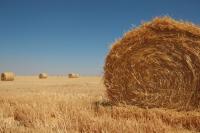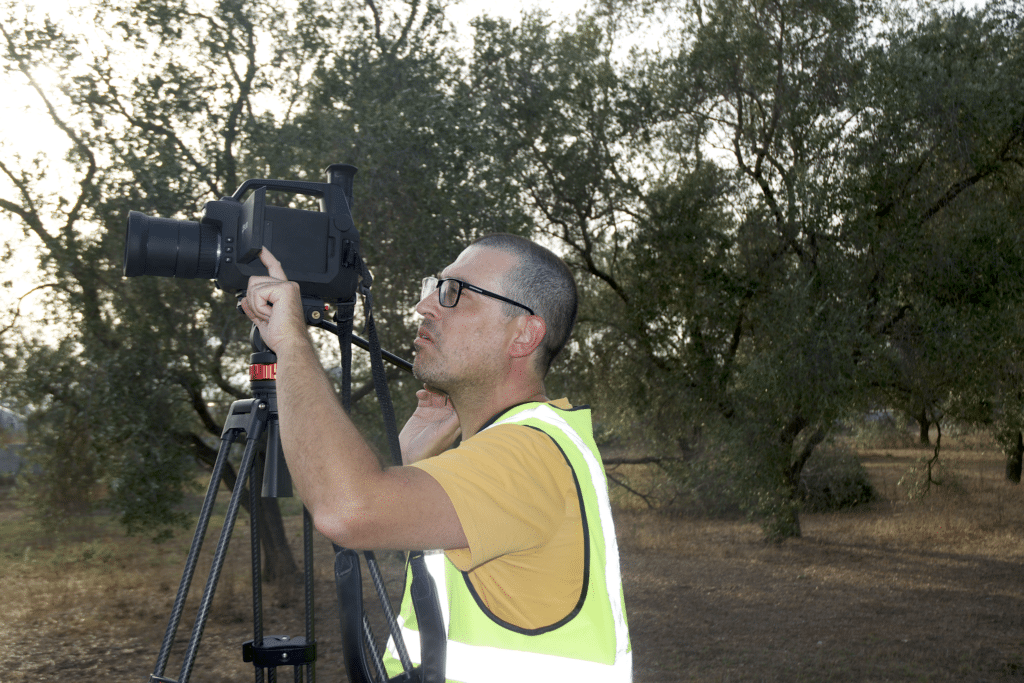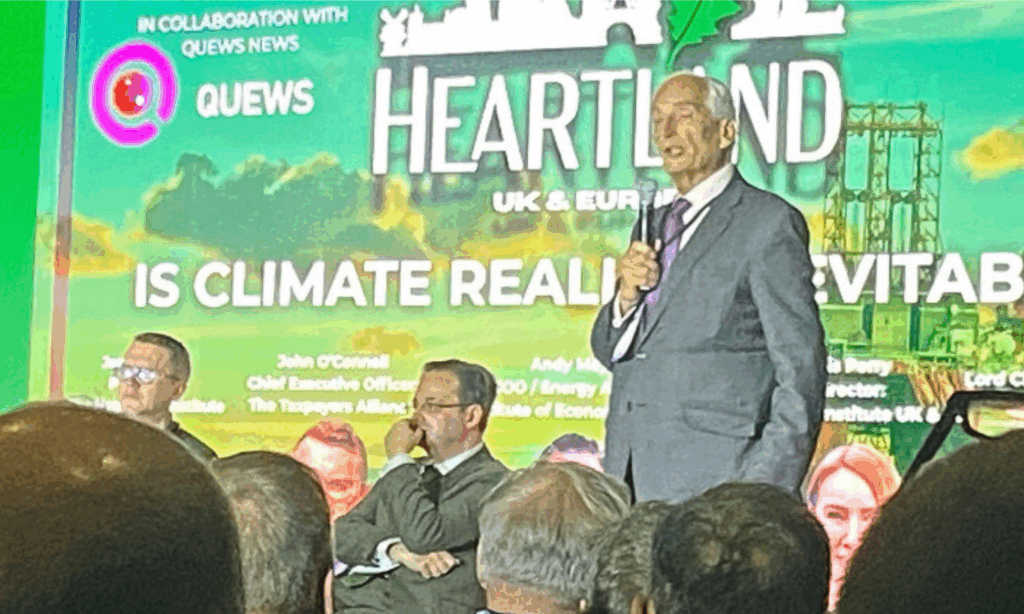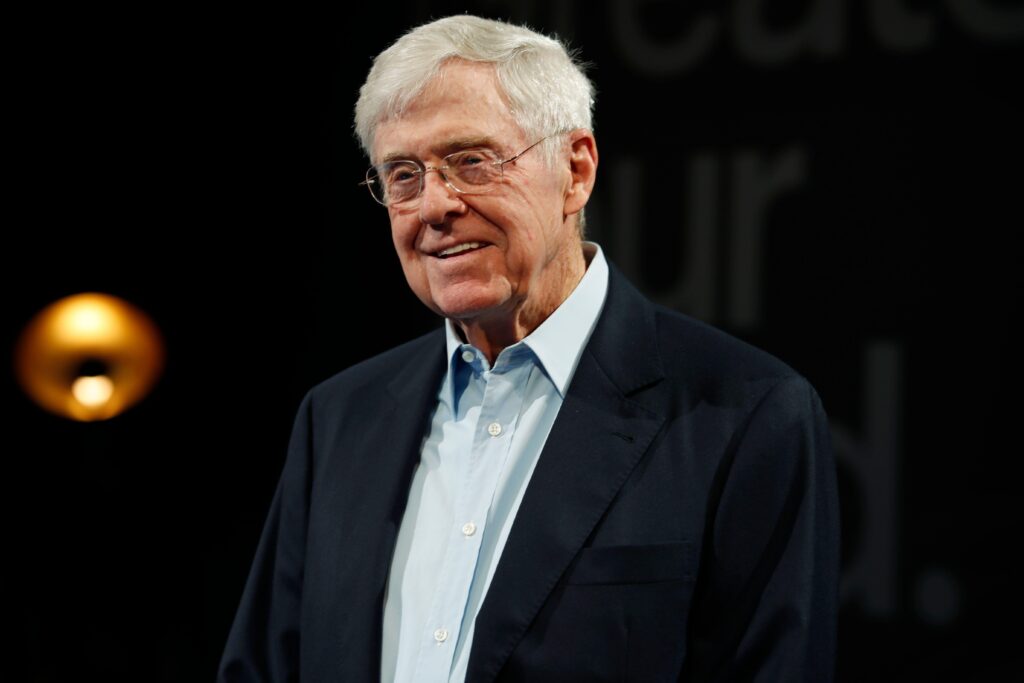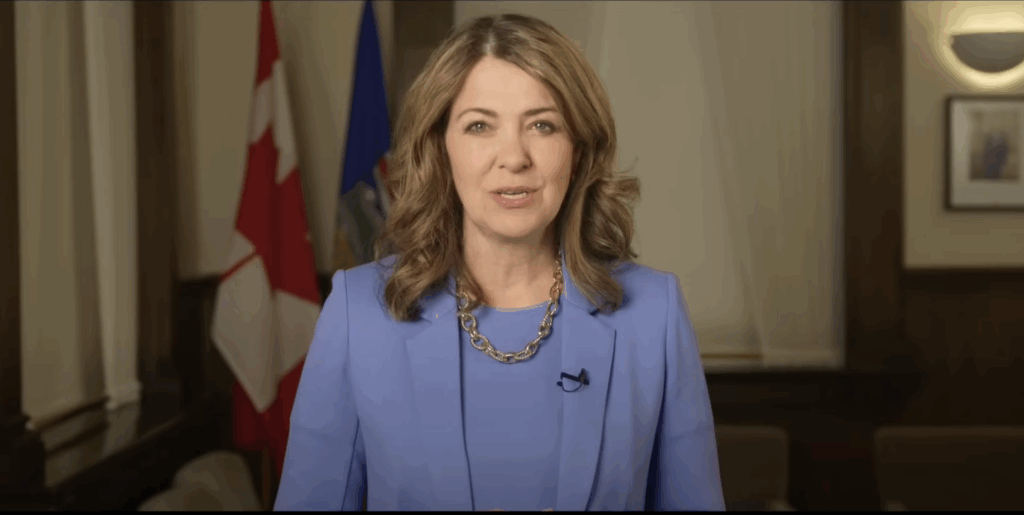This is Day 3 of my series “In Search of Al Gore: A Climate Pilgrimage.”
Message to VIA: This is not especially practical
Actually, the message is to other travellers who may think they can mix business with VIA. Not likely.
The WiFi option in stations is a nice idea. Jasper, Edmonton and Winnipeg would also be the stations of choice. But when VIA is late (and it is) they shave the station stop to the point that getting in, getting your email and getting out is more than uncomfortably tight.
And when they are early, as they were coming into Winnipeg this morning, the WiFi is down and the hardwired internet options have a VIA Parental Control that is so severe you can’t do anything. And the guy who knows the password is off for three months. Not good.
Till they sort this out, I’d have to advise that you pay for your carbon credit and fly – or even better, call VIA and say that you WOULD use their service if they made it practical to do so. You can bet I will be pressing them on this point
Into the land of the big sky
9:40 p.m. MST: “Too bad it’s not as pretty as last night.”
With those words, my dinner companion dismisses all prairie lovers. We have spilled out of the mountain forests and onto plain, watching the sparse woodlands of the foothills give way to the farms and fields and flat, flat land that seems to spread from here to Kenora.
The sky is huge – clear, blue and sprawling to the horizon in every direction. The best way to look at the prairie sky is to drive to the end of some lonely road and then walk until you can’t see the car. There is no more compelling way to get a real sense of your insignificance in the universe.
But the second best vantage point is the dome car on a speeding train, whence you can look up and all around, picking out the farmhouses, horse corals and the pumpjacks nodding back and forth on the prairie.
Back at the dinner table, it’s not long after my fellow traveler has lamented the lost mountain views that I have to interrupt the conversation to point out the sun, sitting like a big orange marble onto the edge of a cosmic table top. You would need one of those ridiculously big canvases that Constable has hanging in the National Gallery in London to begin to do justice to this view.
Rollicking down the straight and narrow railway
Tuesday, April 1, 3:00 a.m. MST: Boy, we seem to be in a hurry all of a sudden. After the first 24 hours of grinding and screeching tentatively around the twists and turns of mountain train track, we are now pointed due east and flying like the wind.
No, not like the wind. There is no lightness in the sway of the train. It’s hurtling toward its destination, but it still feels heavy on the ground. Gravity pulls the train from side to side whenever the track tilts even a little, but the engines urge ever forwards.
It changes the whole feel of the ride. Last night, there seemed no sense of urgency; we doddled in the darkness. Tonight we are making up time.
A voyager on the trail of the voyageurs
3:30 a.m. MST: In the midst of a five-day trip to cover a country that could have been crossed by air in five hours, it makes me think again of what it is to hurry. Two hundred years ago, voyageurs would ply this route in canoes, paddling and portaging across the prairie landscape in an unforgiving race against the weather. (The more things change …?) Fur factory managers like Simon Fraser would set out from New Caledonia in the B.C. interior at first break-up, boats loaded with the winter’s accumulated beaver pelts.
These men of the Northwest Company would rise every morning at first light, at five or four or, finally three in the morning as they got closer to the summer solstace, and then they would paddle till darkness descended once again, stopping every few hours to smoke a pipe and chew on a strip of pemmican, buffalo meet, dried and cured with Saskatoon berries that helped stave off scurvy for men on the original Atkins diet: pure protein.
The furs were bound up in 90-pound “pieces” – bundles that were considered convenient for a man to carry two at a time, one resting on a tump line around the forehead and the second stacked on top, nestled in to the back of the neck. The voyageurs would run in a low trot for a mile at a time and then drop their load and run back for more, edging their product closer to market.
The partners, meanwhile, would be making their way west from Montreal, their bigger canoes weighted down with knives and pots, guns and blankets, beads and cheap liquor – anything that could be traded for a new batch of furs.
The brigades would meet at what is now Thunder Bay. The whole party would share a couple of days sleeping, drinking and, for the Scottish bosses, making strategy for the next season. And then everyone would squeeze back into the canoes for the two month journey “home” to the fur forts or (for the lucky) to the comforts and luxury of Sherbrooke Street.
These were people who understood the word “stress” in a way that we can only imagine. Although voyageurs didn’t die of heart disease. Few lived long enough to get something as slow-moving as cancer. They drowned in the lakes or rivers or they died, quite quickly, from the complications and infections that would set in if they hurt themselves in the process of their work. The most gruesome of these – and one of the top three most common causes of death – was strangulated hernias caused from carrying too much weight. It doesn’t bear thinking about.
Global Warming? Isn’t that a Good Thing?
9:10 a.m. CST: It’s April Fool’s Day in southern Manitoba (everywhere, actually) and the weather gods are enjoying the occasion immensely. The ground outside is white and windblown, the stubble of last year’s crops barely sticking through the snow, and the size and shape of the fat new flakes confirms the temperature: too cold for April.
Warning people away from global warming has traditionally been a hard sell in these parts. When energy industry PR people like Dr. Tim Ball cross the prairies arguing that climate change is natural and, ultimately, a good thing, many a weathered face can be seen nodding in hopeful agreement.
Somehow, people can identify personally with a warm day in February, they can resent ferociously a cold snap in May, but they can’t connect “climate change” as the culprit when four or five Red River floods, each of a magnitude that is expected only once in 150 years, occur in five times in 50 years – three times in the 1990s alone.
It’s one of the biggest challenges in demonstrating the reality and communicating the threats of global warming: people just aren’t very good at thinking about weather in the abstract – they’re not very good at thinking about climate.
One of the other great challenges is the refusal by government to take the issue seriously. I burned up rather a lot of fossil fuel in the late 1990s flying back and forth to Ottawa as a member of the Public Education and Outreach Table in what the cynical Liberal administration of then-Prime Minister Jean Chretien called Canada’s “Kyoto Implementation Process.” It was clear, even then, that Canada had no plan to implement its Kyoto commitments and the forces of resistance were well-entrenched in the process.
Among the most infuriating participants were two naively sincere bureaucrats from Energy Canada who kept promoting EnerCan’s marquee conservation projects of the day. One was a study on the effects of keeping your vehicle’s tires inflated to the correct pressure, and the other was a campaign to get people to stop idling their cars.
These are both worthy goals. Every little bit DOES help. But as elements of a plan to turn around Canada’s profligate energy consumption, they were – and are – laughably inadequate.
I think about those people now and I remember the 1978 Honda Civic that I had when I lived in Brandon, Manitoba (we just passed the Brandon North train “station” – a stopping point without so much as an outhouse to mark its presence). The Civic was a great little car in those days, but it was not built for a Manitoba winter. At any temperature below about minus 20, if you turned it off, you weren’t going to get it started again till spring – no matter how optimistic you got about the effects of the block heater. I kept a second set of keys and left it locked and running through half the winter – and no one on the prairies found that unusual.
By the time EnerCan started trying to discourage idling, people were using remote starters to kick their cars to life in the morning. It meant that when you went outside for the first time, you could jump right into a warm vehicle. Everyone thought it was great. (I actually did some work for a diamond mine in the NWT in 1997 and watched, a little impressed, when one of the executives started his SUV from his 11th floor office. It was perfectly comfortable by the time we got down the elevator and into the parking lot.)
It still makes sense to talk about the little things that people can do. The little things will ultimately combine into one, quite positive big thing. It doesn’t make sense to tell people to invite discomfort or to accept tokenism when their neighbours, their governments and the corporate giants in the energy industry are racing in the wrong direction with shameless abandon.
In praise of a big rat named Bambi
9:30 a.m. CST: I haven’t seen any antelope playing along the way, but the deer have been present in throngs – or should that be herds?
This raises the question of post-apocalyptic pests – the kinds of animals that flourish as humans cull predator species and change the environment to favour a fortunate few.
Canada geese on the West Coast are a perfect example. The parks and soccer fields of Metro Vancouver are such good goose habitat that many of the big birds have stopped migrating – which is great if you’re a bird lover, but complicated if you want to take your four-year-old safely to a picnic lunch – or you hope to play a soccer match, uninterrupted by aggressive honkers and unmarked by the evidence of goose droppings over every surface that, at some point during the game, touches the ground.
I have no idea how deer populations are thriving nationally – only an unscientific impression from looking out the window. But I know that in my last two neighbourhoods – on Bowen Island, outside Metro Vancouver and in Nanaimo on Vancouver Island – the deer populations are robust and perfectly adjusted to coexisting with humans. In fact, they take great pleasure from the human inclination to plant food – which for a deer, includes just about everything other than rhododendrons.
Although avid gardeners are always conflicted, people tend to love the deer; one of my neighbours leaves out grain all winter. But the first time a cougar shows up to help keep the numbers under control, you can count on outrage in the land.
It is, I suppose, a big leap from encouraging people to address climate change to reaching a state of sustainable cohabitation with ALL the natural creatures now left on earth. (I personally have a long standing beef with the anopheles mosquito, carrier of the malaria parasite.) But whether coexistence means tolerating coyotes in urban greenspaces or neglecting other species, even though they’re cute, it still seems like a good long-term goal.
Check out previous posts in Richard Littlemore’s series as he chronicles his journey across Canada to attend the Al Gore climate change presentation “boot camp:”
Day 1: The Via Experience, Planting a Goodbye Kiss, Kitchen Crimes and Great Bedding
Subscribe to our newsletter
Stay up to date with DeSmog news and alerts


